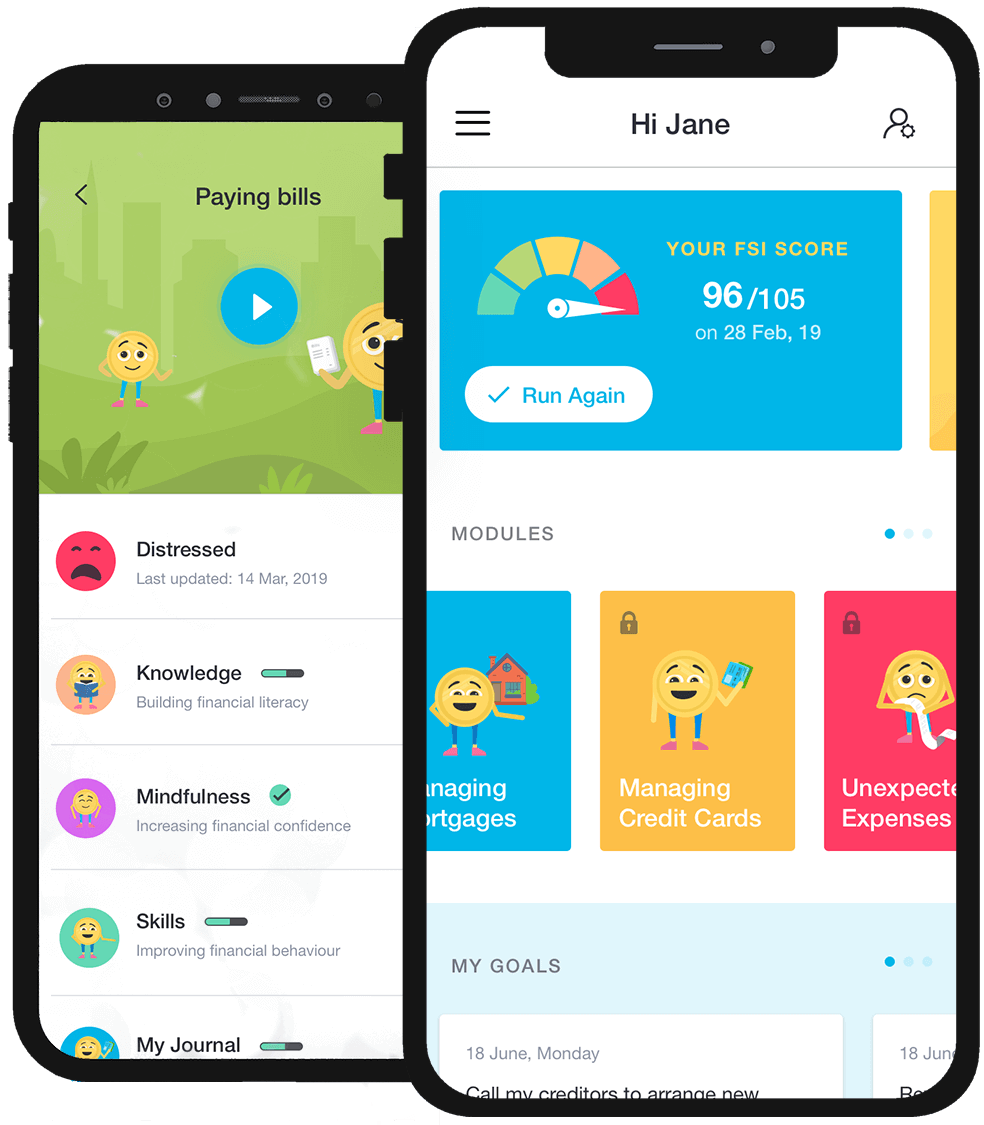[email-subscribers-form id=”2″]
Why you need to stay mindful with your use of ‘buy now pay later’ services
Buy now pay later.
Popular new payment services like Afterpay, Openpay, Zip Pay and soon, Paypal’s ‘Pay in 4’ – collectively known as ‘buy now pay later’ services – perform something of a trick in the minds of consumers.
The trick results in people walking out of a store with a television, a carry bag of clothes, and high-end vacuum cleaners before they have fully paid partially switches off a healthy fear of debt.
But like credit cards, they are a form of credit – basically a loan – and with the real potential to increase financial stress in users.
With buy now pay later services, the consumer can purchase items with only paying the first instalment of the purchase value, then paying the remaining instalments in the future over the next 6 – 8 weeks. It’s like a cross between a layby service and credit cards but you get the product or service now.
The appeal of BNPL payment services
Buy now pay later is attractive for the buyer because the buyer had to only pay a portion of the item before they could take it home.
This appeal combined with clever marketing has become hugely popular.
In one recent Afterpay ad, Hollywood actor Rebel Wilson tells her on-screen boyfriend Afterpay is like eating a whole tub of ice cream at once but spreading the calories over six weeks.
This brilliantly captures the allure of the ‘instant gratification’ culture that is not just popular with millennials but with many people in nearly all age groups.
Afterpay boasts on their website they let customers get what they want when they want it, increasing average order value by up to 40%.
It is estimated one-in-five Australian consumers use a buy now pay later service, with over six million active accounts. The Reserve Bank of Australia says Afterpay is most popular with 3.4 million accounts, ahead of Zip Pay with 2.5 million.
The value of purchases made nearly tripled in Australia between 2017-18 and 2019-20, from just over $3 billion to over $9 billion.
Retailers love the services because they give the appearance of a new, cool, easy option when paying for your shopping – one that lets you walk out with products after spending just a quarter or one-fifth of its value.
How BNPL taps into the psychology of consumer spending
Buy now pay later have cleverly tapped into the consumer spending psychology and convinced shoppers to open their wallets – even though they don’t realise that is what they are doing.
Deferring payments is a relief to consumers, a positive feeling that reduces the pain of paying cold hard cash and even the nagging ‘I shouldn’t be doing this’ feeling that comes with using credit cards.
According to Dr Carey Morewedge, Asst. Professor at Carnegie Mellon University, the ‘pain’ of paying feels like it is reduced when using a buy now pay later service because we actually equate an imagined ‘pool of resources’ to having more cash.
M2P’s fintech blog explains the idea in an article titled ‘Factors and Psychology Behind the Great BNPL Allure’.
The larger your resource, the greater will be the inclination to make costlier purchases. For example, when shopping using BNPL, you feel like spending a small fraction of money from a large reserve with no immediate deadline.
So, the pain of paying becomes dramatically less with BNPL.
Whereas drawing a few currency notes out of your pocket seems like you are consuming a large portion of the available fund. Thus the pain of paying in immediate cash payment is more significant.’
Of course, buy now pay later providers know exactly what they are doing.
If a consumer cannot meet their end of the deal – and repay the full price within the agreed number of instalments, they are hit with late fees and charges, which vary depending on the fine print in the terms and conditions of each BNPL service.
It’s a very different mindset to using credit cards, which were first launched in Australia in 1974 and have peaked in usage in the past decade.
In 2020, there were 14.8 million consumer and business credit cards in Australia – more than one for every adult.
As credit card use has declined, the card companies have tried various marketing ploys to boost the use of their services, such as loyalty points schemes to 0% balance transfers.
But because so many people got into trouble with the complex and expensive interest payments on credit card companies, providers go out of their way to make it clear how repayments work.
According to Illion, Millennials under the age of 30 are twice as likely as their parents to fall more than two months behind in their credit card payments, suggesting they have greater difficulty balancing spending and debt, regardless of their credit limit.
The perils of buy now pay later services
The perils of credit card misuse are now well-known and widely understood. But the perils of buy now pay later are still developing as they are relatively new.
Afterpay, Zip pay, Openpay and equivalents remain relatively unregulated compared to the banks – meaning the gloss has not yet come off the services.
The perceived ‘win: win’ does not consider that our spending behaviour sometimes doesn’t make sense – for instance, how we can spend money based on our need to distract or ‘feel’ better rather than our need to stay within our limits.
Who could say they have never spent without thinking through all the consequences of a purchase? Probably none of us.
While it is entirely human to do so, it is the definition of mindless spending.
According to the Australian Financial Review, in 2020, Afterpay made $70 million from late fees, representing 20 per cent of its revenue.
The Australian Securities and Investment Commission also found that one in five buy now pay later customers were regularly missing payments.
An alarming half of users aged under 29 had taken out other loans to pay their buy now pay later debts.
How to use BNPL payment services safely
Just because buy now pay later services are relatively new, and the mixed impacts don’t make them bad news for everyone.
Andrew Fleming, Founder and CEO of Financial Mindfulness, says; ‘the way to avoid trouble with these payment services is the same as using any type of credit.’
‘Budgeting and sticking to your budget is key to ensure you do not get into trouble with BNPL products, but it also relates to any type of credit product, impulse spending is not wise’ he said.
‘Understand the product properly, including the fine print. Use BNPL services following your spending budget.’
‘The line between safe and unsafe use of these services is the difference between spending according to your budget and ‘reckless spending and not paying on-time’, he said.
You’ll have to decide for yourself what constitutes reckless, but it’s safe to assume that putting everyday shopping on instalments is not sensible.
To make the most of buy now pay later services, the optimum state of mind is one of financial mindfulness, which we define as ‘having awareness and paying attention to your finances and financial behaviours’.
But you have to hand it to the Founders of Afterpay, who discovered early the behaviour change with Millennials preferring to engage in cashless and credit-free spending lifestyles.
They have become a huge success story. The company was started 7 years ago and recently sold to Twitter founder Jack Dorsey’s Square for $39 billion making it the largest deal in Australian corporate history.










